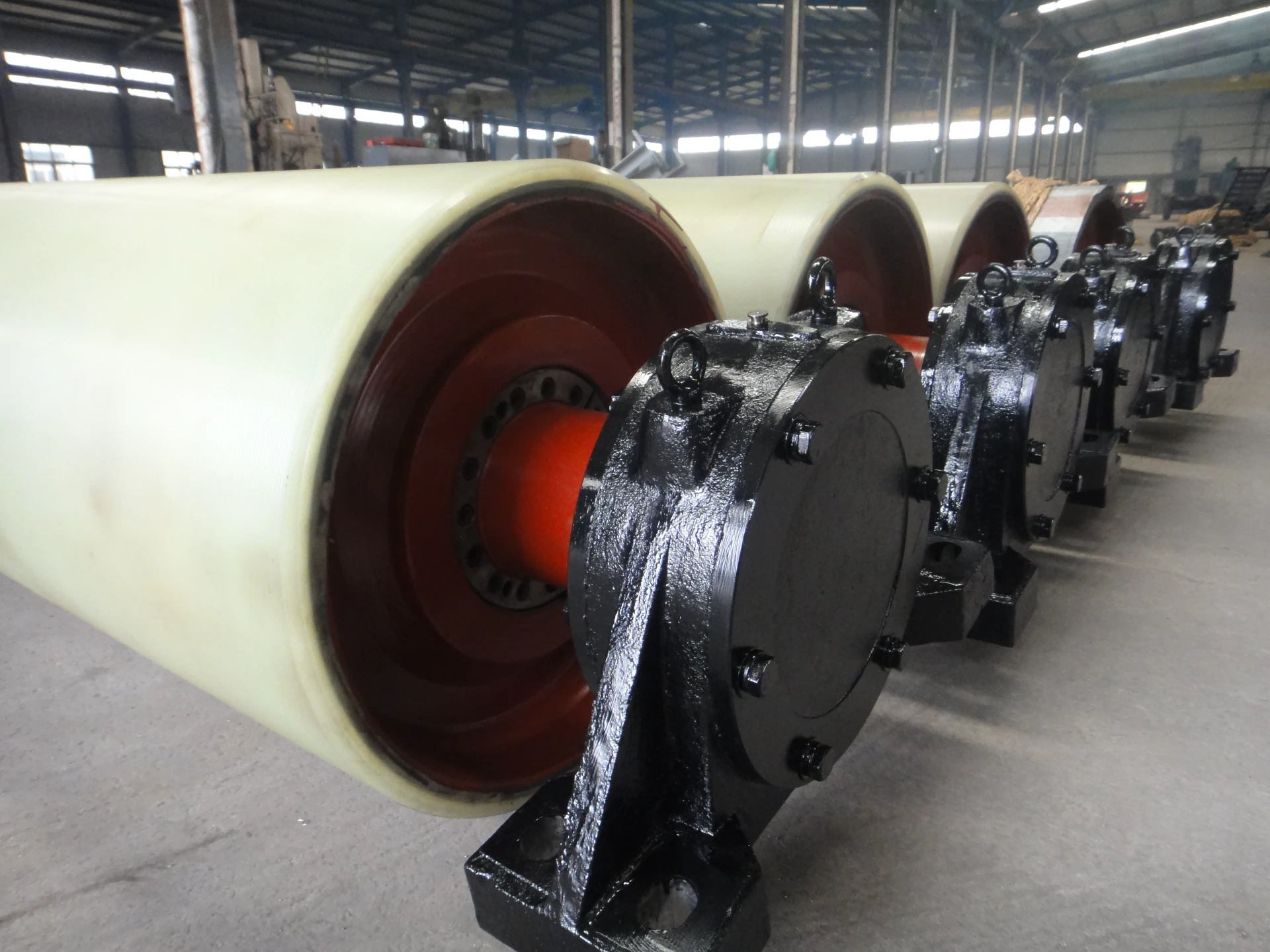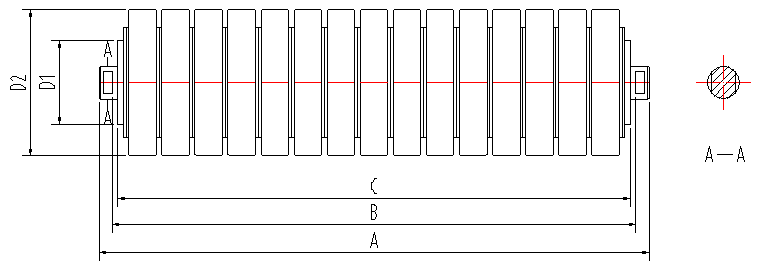 Afrikaans
Afrikaans  Albanian
Albanian  Amharic
Amharic  Arabic
Arabic  Armenian
Armenian  Azerbaijani
Azerbaijani  Basque
Basque  Belarusian
Belarusian  Bengali
Bengali  Bosnian
Bosnian  Bulgarian
Bulgarian  Catalan
Catalan  Cebuano
Cebuano  Corsican
Corsican  Croatian
Croatian  Czech
Czech  Danish
Danish  Dutch
Dutch  English
English  Esperanto
Esperanto  Estonian
Estonian  Finnish
Finnish  French
French  Frisian
Frisian  Galician
Galician  Georgian
Georgian  German
German  Greek
Greek  Gujarati
Gujarati  Haitian Creole
Haitian Creole  hausa
hausa  hawaiian
hawaiian  Hebrew
Hebrew  Hindi
Hindi  Miao
Miao  Hungarian
Hungarian  Icelandic
Icelandic  igbo
igbo  Indonesian
Indonesian  irish
irish  Italian
Italian  Japanese
Japanese  Javanese
Javanese  Kannada
Kannada  kazakh
kazakh  Khmer
Khmer  Rwandese
Rwandese  Korean
Korean  Kurdish
Kurdish  Kyrgyz
Kyrgyz  Lao
Lao  Latin
Latin  Latvian
Latvian  Lithuanian
Lithuanian  Luxembourgish
Luxembourgish  Macedonian
Macedonian  Malgashi
Malgashi  Malay
Malay  Malayalam
Malayalam  Maltese
Maltese  Maori
Maori  Marathi
Marathi  Mongolian
Mongolian  Myanmar
Myanmar  Nepali
Nepali  Norwegian
Norwegian  Norwegian
Norwegian  Occitan
Occitan  Pashto
Pashto  Persian
Persian  Polish
Polish  Portuguese
Portuguese  Punjabi
Punjabi  Romanian
Romanian  Russian
Russian  Samoan
Samoan  Scottish Gaelic
Scottish Gaelic  Serbian
Serbian  Sesotho
Sesotho  Shona
Shona  Sindhi
Sindhi  Sinhala
Sinhala  Slovak
Slovak  Slovenian
Slovenian  Somali
Somali  Spanish
Spanish  Sundanese
Sundanese  Swahili
Swahili  Swedish
Swedish  Tagalog
Tagalog  Tajik
Tajik  Tamil
Tamil  Tatar
Tatar  Telugu
Telugu  Thai
Thai  Turkish
Turkish  Turkmen
Turkmen  Ukrainian
Ukrainian  Urdu
Urdu  Uighur
Uighur  Uzbek
Uzbek  Vietnamese
Vietnamese  Welsh
Welsh  Bantu
Bantu  Yiddish
Yiddish  Yoruba
Yoruba  Zulu
Zulu Feb . 14, 2025 16:32
Back to list
idler bearing housing
In the world of mechanical engineering and automotive design, attention to small details often makes a significant impact on the overall performance of a system. One component that often goes unnoticed but plays a crucial role in the smooth functioning of machinery is the idler bearing housing. This seemingly modest part can determine the longevity and efficiency of various mechanical systems, ensuring optimal performance.
For engineers and maintenance professionals, understanding the nuances of idler bearing housings is crucial. Not only does it involve selecting the correct type and material, but it also requires knowledge of installation best practices. Proper alignment during installation can prevent undue stress on the system, significantly extending the service life of both the bearings and the housing. Regular inspection for signs of wear and tear can pre-empt costly repairs, maintaining operational efficiency and safety. Sustainability is also an emerging trend in the design and application of idler bearing housings. With environmental issues taking center stage, there is a growing demand for components that minimize energy consumption. Innovative design modifications such as adopting lighter materials and improved aerodynamic shapes can lead to reduced energy usage. Additionally, new coatings and surface treatments are being developed to prolong the operational life of these housings, thereby reducing the frequency of replacements and the associated waste. Collaboration among manufacturers, engineers, and end-users is essential to push the boundaries of what idler bearing housings can achieve. Sharing insights and experiences contributes to developing industry standards that optimize performance while considering safety and environmental impact. Such collaborative efforts can lead to bespoke solutions tailored for specific industry needs, enhancing productivity and reliability. In conclusion, idler bearing housings, while often overlooked, are a linchpin in ensuring the seamless operation of myriad machines across different sectors. Their design and application require a profound understanding of materials, mechanics, and maintenance, emphasizing the importance of expertise and precision. As technology advances, the potential for these components to become even more efficient and sustainable grows, promising a future where machinery operates with even greater efficacy and minimal environmental footprint.


For engineers and maintenance professionals, understanding the nuances of idler bearing housings is crucial. Not only does it involve selecting the correct type and material, but it also requires knowledge of installation best practices. Proper alignment during installation can prevent undue stress on the system, significantly extending the service life of both the bearings and the housing. Regular inspection for signs of wear and tear can pre-empt costly repairs, maintaining operational efficiency and safety. Sustainability is also an emerging trend in the design and application of idler bearing housings. With environmental issues taking center stage, there is a growing demand for components that minimize energy consumption. Innovative design modifications such as adopting lighter materials and improved aerodynamic shapes can lead to reduced energy usage. Additionally, new coatings and surface treatments are being developed to prolong the operational life of these housings, thereby reducing the frequency of replacements and the associated waste. Collaboration among manufacturers, engineers, and end-users is essential to push the boundaries of what idler bearing housings can achieve. Sharing insights and experiences contributes to developing industry standards that optimize performance while considering safety and environmental impact. Such collaborative efforts can lead to bespoke solutions tailored for specific industry needs, enhancing productivity and reliability. In conclusion, idler bearing housings, while often overlooked, are a linchpin in ensuring the seamless operation of myriad machines across different sectors. Their design and application require a profound understanding of materials, mechanics, and maintenance, emphasizing the importance of expertise and precision. As technology advances, the potential for these components to become even more efficient and sustainable grows, promising a future where machinery operates with even greater efficacy and minimal environmental footprint.
Next:
Latest news
-
Revolutionizing Conveyor Reliability with Advanced Rubber Lagging PulleysNewsJul.22,2025
-
Powering Precision and Durability with Expert Manufacturers of Conveyor ComponentsNewsJul.22,2025
-
Optimizing Conveyor Systems with Advanced Conveyor AccessoriesNewsJul.22,2025
-
Maximize Conveyor Efficiency with Quality Conveyor Idler PulleysNewsJul.22,2025
-
Future-Proof Your Conveyor System with High-Performance Polyurethane RollerNewsJul.22,2025
-
Driving Efficiency Forward with Quality Idlers and RollersNewsJul.22,2025
OUR PRODUCTS





























